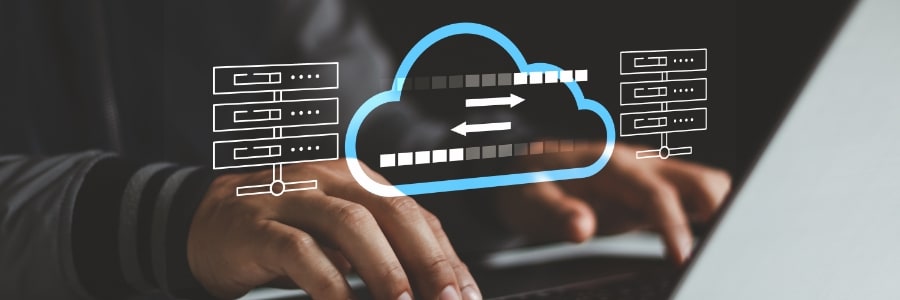Published January 2, 2026

Technology can be a game-changer for growing businesses. From speeding up workflows to helping teams collaborate more efficiently, the right tools can drive great improvements. But not every tech investment pays off, especially when businesses jump in without a clear plan. If you’re thinking of upgrading your systems or adding new software, steer clear of […]
Published December 31, 2025

Picture the person you call when your email breaks. You likely trust them with every password you own. But what if that person used their skills against you? Security threats are no longer limited to clumsy employees clicking bad links. Now, they include skilled professionals intentionally opening doors for criminals. Technical expertise does not always […]
Published December 29, 2025

Android Messages has evolved into a capable platform with tools that go beyond simple texting. From customizing notifications to scheduling messages and managing clutter automatically, this article highlights 10 built-in features that can significantly improve your messaging experience. Custom notifications for important contacts Assigning unique notification sounds and icons to key contacts helps distinguish critical […]
Published December 26, 2025

With cyberthreats evolving faster than traditional update cycles, Apple has retired its Rapid Security Response in favor of a more granular approach: Background Security Improvements. This shift aims to minimize the attack surface by automatically and silently patching vulnerable components such as WebKit, keeping devices fortified without user intervention. Background Security Improvements: A new layer […]
Published December 24, 2025

Voice over Internet Protocol (VoIP) has long helped businesses cut costs, but with artificial intelligence (AI) now in the mix, the focus is shifting to smarter, more adaptive communication. Learn how features such as intelligent call analysis, virtual assistants, and real-time translation are redefining how companies interact with customers and teams. Here’s how AI is […]
Published December 22, 2025

Windows 11 users are getting an experimental taste of the future with Microsoft’s Agent Workspace, a feature designed to let AI take over mundane tasks and enhance automation. However, while the technology promises to transform your PC into a smart, personal assistant, enabling it could also expose your system to new security threats. Let’s explore […]
Published December 19, 2025

It’s easy to fall into the trap of thinking that once your data is in the cloud, it’s safe forever. The scalability and convenience of modern cloud computing often mask a harsh reality: servers fail, humans make mistakes, and cyberattacks happen. History is filled with examples of companies that trusted the cloud implicitly, only to […]
Published December 17, 2025

Social media can be a great way for healthcare organizations to connect, educate, and even inspire, but it’s also a space full of hidden risks. One unintentional post can quickly lead to a HIPAA violation, with serious legal and financial consequences. In this article, we’ll examine how social media use can compromise HIPAA compliance, the […]
Published December 15, 2025

With cyberthreats escalating and major breaches costing billions, many organizations are embracing the zero trust approach, a holistic methodology that assumes compromise and requires constant verification across all devices and applications. This guide lists the practical, actionable steps security leaders must take to move beyond initial pilots and effectively implement a comprehensive zero trust architecture […]
Published December 12, 2025

Your laptop’s battery won’t last forever, but there are several ways to extend its lifespan. In this article, we’ll walk you through checking your battery’s health on both Windows and Mac and offer tips to maintain its performance. How to check battery health on Windows devices Windows provides a variety of diagnostic tools, from straightforward […]













